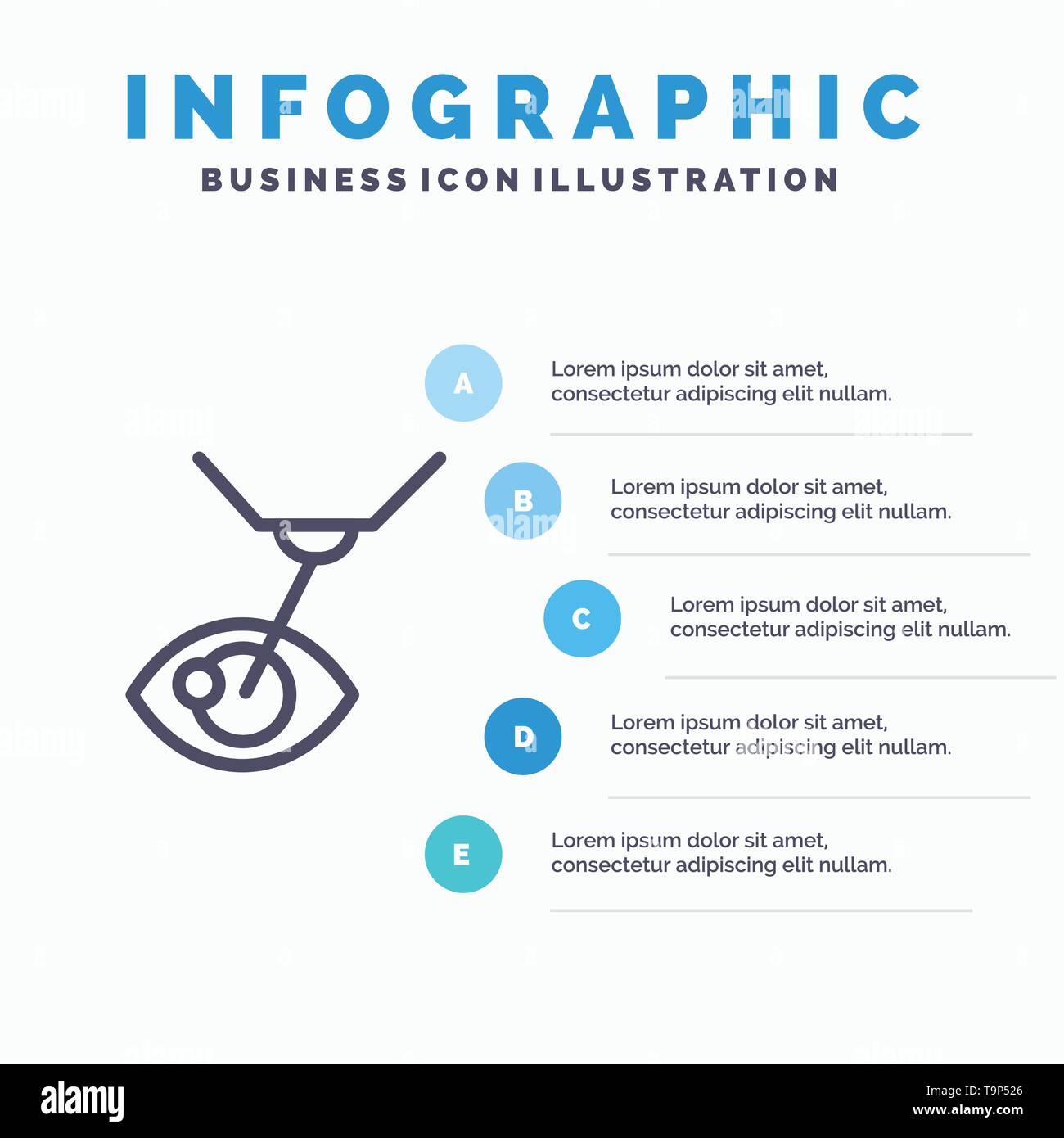Intrigued In Learning About The Distinctions Among SMILE, LASIK, And PRK Treatments For The Eyes?

Article Developed By-Munksgaard Kerr
If you've been considering SMILE eye surgical treatment, you could ask yourself just how it stacks up against LASIK and PRK. Each procedure has its very own set of advantages and considerations. From quicker healing times to prospective threats, there are vital distinctions you ought to recognize prior to choosing. Recognizing these differences will assist you make an informed choice that straightens with your specific needs and expectations. Interested to understand even more regarding just how these procedures contrast carefully? Keep checking out to get a detailed understanding of SMILE, LASIK, and PRK.
SMILE Eye Surgical Procedure Overview
If you're considering SMILE eye surgical treatment, you'll discover it to be a minimally intrusive procedure with a quick recuperation time. During SMILE (Little Laceration Lenticule Removal), a laser is made use of to develop a tiny, specific laceration in the cornea to get rid of a tiny item of tissue, improving it to remedy your vision. This varies from LASIK, where a flap is developed, and PRK, where the outer layer of the cornea is entirely gotten rid of.
Among the essential benefits of SMILE is its minimally invasive nature, causing a faster recovery process and much less pain post-surgery. The recovery time for SMILE is reasonably quick, with several clients experiencing improved vision within a day or two. This makes it a preferred option for those looking for a practical and efficient vision improvement treatment. Furthermore, SMILE has been shown to have a lower risk of completely dry eye syndrome contrasted to LASIK, making it a positive option for individuals concerned regarding this possible negative effects.
Distinctions In Between SMILE, LASIK, and PRK
When comparing SMILE, LASIK, and PRK eye surgical procedures, it's important to comprehend the unique strategies made use of in each procedure for vision adjustment.
SMILE (Small Incision Lenticule Extraction) is a minimally invasive treatment that entails producing a little incision to extract a lenticule from the cornea, improving it to fix vision.
LASIK (Laser-Assisted In Situ Keratomileusis) involves developing a slim flap on the cornea, utilizing a laser to improve the underlying tissue, and afterwards rearranging the flap.
PRK (Photorefractive Keratectomy) removes the outer layer of the cornea before improving the cells with a laser.
The major distinction hinges on the means the cornea is accessed and dealt with. SMILE is flapless, making it a great alternative for people with slim corneas or those associated with contact sporting activities. https://people.com/health/lasik-eye-surgery-what-to-know/ as a result of the flap creation, however it might present a higher threat of flap-related issues. PRK, although having a much longer recovery duration, stays clear of flap-related problems altogether.
Understanding these variations is important in selecting one of the most appropriate treatment for your vision correction demands.
Pros and Cons Contrast
To assess the advantages and drawbacks of SMILE, LASIK, and PRK eye surgical procedures, it's vital to think about the specific advantages and potential limitations of each treatment. SMILE surgical treatment supplies the benefit of a minimally invasive procedure, with a smaller cut and potentially quicker healing time compared to LASIK and PRK. It also reduces the danger of dry eye post-surgery, an usual adverse effects of LASIK. However, SMILE may have restrictions in dealing with higher levels of nearsightedness or astigmatism contrasted to LASIK.
LASIK surgery supplies fast aesthetic healing and marginal pain during the procedure. It's very reliable in treating a large range of refractive errors, including nearsightedness, hyperopia, and astigmatism. Yet, LASIK brings a risk of flap difficulties, which can affect the corneal structure.
PRK eye surgical treatment, while not as preferred as LASIK, prevents developing a corneal flap, reducing the risk of flap-related problems. It's suitable for people with thin corneas or uneven corneal surface areas. Nonetheless, PRK has a longer recuperation time and may include extra pain throughout the recovery process.
Final thought
So, when it concerns choosing in between SMILE, LASIK, and PRK, think about it like choosing the perfect set of shoes. About Cataract Surgery is like a streamlined, comfy pair of sneakers - fast and easy.
LASIK is a lot more like trendy high heels - flashy and fast, but with some potential threats.
PRK resembles durable treking boots - reliable and durable, however needing a bit more time and effort.
Eventually, the most effective choice relies on your specific demands and preferences.

